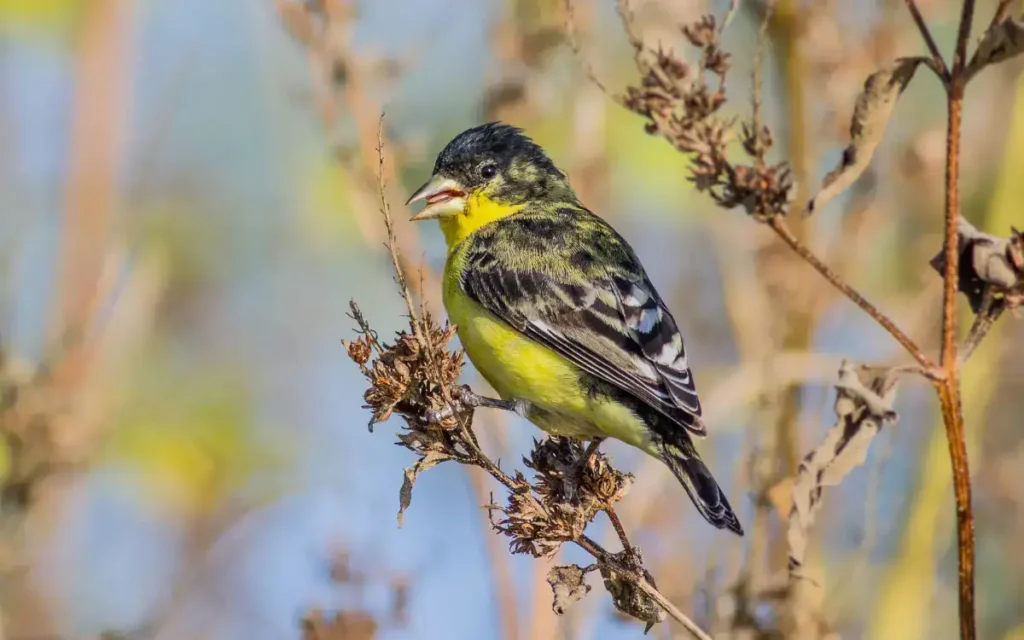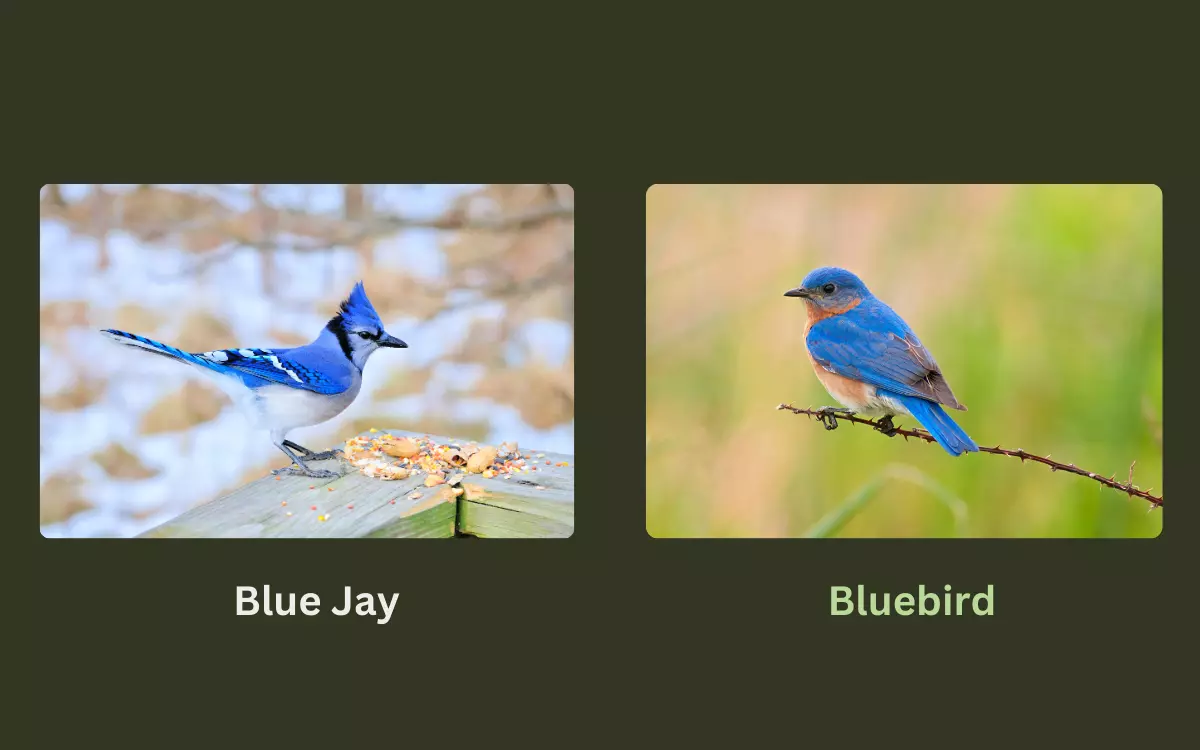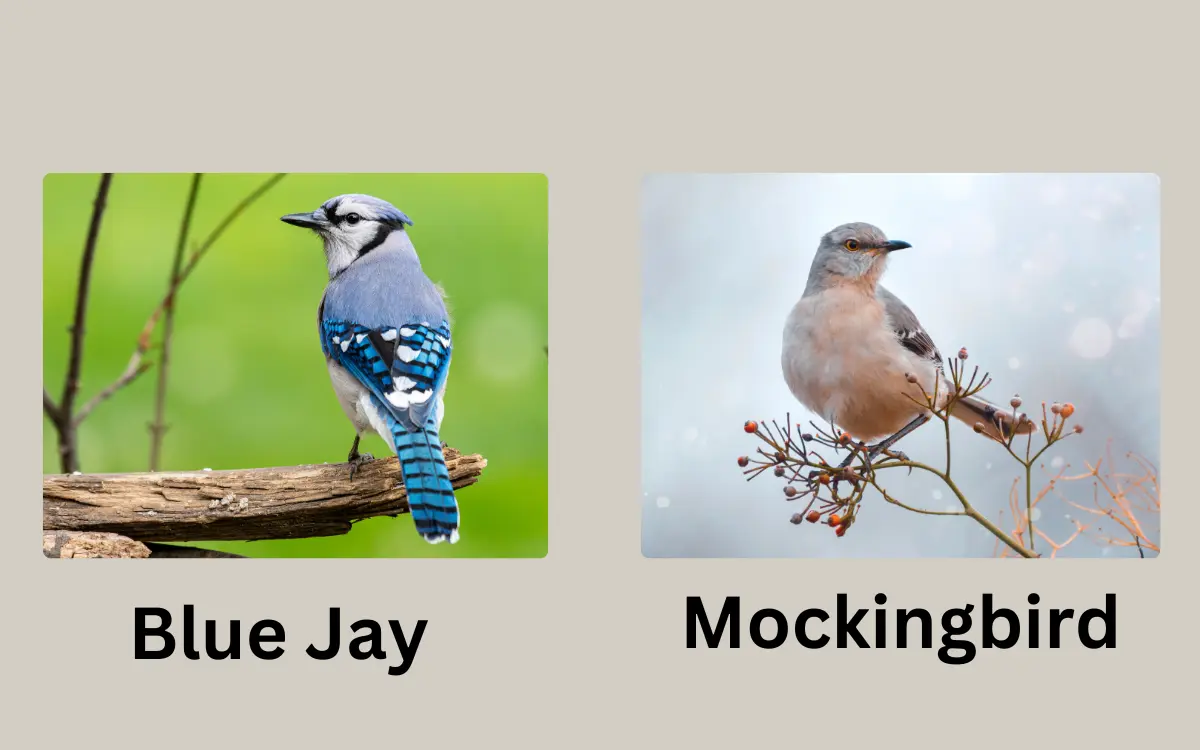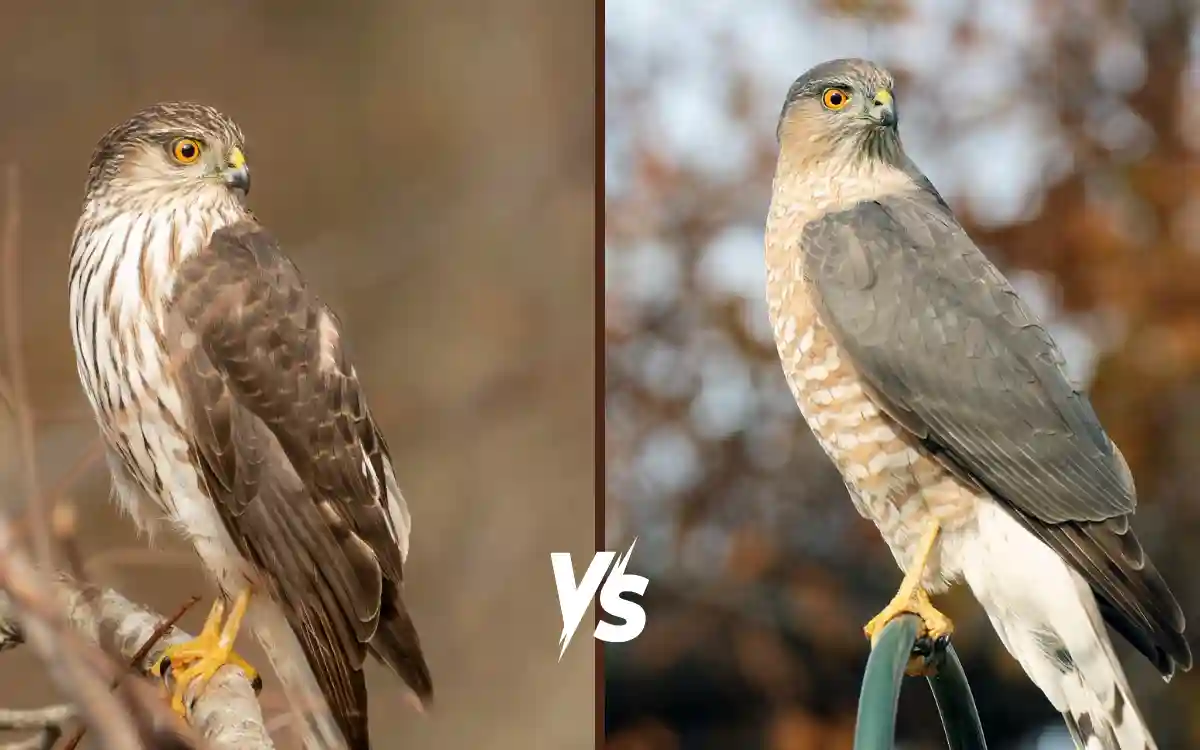American Goldfinch vs Lesser Goldfinch: Key Differences
Goldfinches are some of the most cheerful and eye-catching birds in North America. Their bright colors and lively songs make them backyard favorites, but telling the American Goldfinch and Lesser Goldfinch apart can be tricky, especially in overlapping regions. While they share similar habits and a love for seeds, these two species differ in size, plumage, range, and even voice. Understanding these differences not only helps birdwatchers with identification but also makes backyard birding more rewarding.
American Goldfinch Overview

The American Goldfinch (Spinus tristis) is the more widespread of the two. Found across most of the United States and southern Canada in summer, it migrates southward during winter, moving into the southern states and Mexico. This seasonal movement makes it one of the few North American finches that is strongly migratory.
In breeding season, males are hard to miss. They display a lemon-yellow body with a sharp black forehead, black wings, and a white rump. Females and nonbreeding males look much more subdued, wearing olive-brown feathers with only faint yellow hints. One of the most fascinating traits of the American Goldfinch is its complete molt: by fall, males lose their flashy yellow and turn duller, making them harder to spot in winter.
Behaviorally, American Goldfinches are social, often flocking in groups and feeding acrobatically on seedheads. Their diet is almost entirely seed-based, with a particular fondness for thistle, sunflower, and dandelion seeds. They are also well known for their sweet, rolling call that sounds like “per-chick-o-ree” when flying.
Lesser Goldfinch

The Lesser Goldfinch (Spinus psaltria) is smaller and more compact than its American cousin. It is found mostly in the western United States, Mexico, and parts of Central America. Unlike the American, it is largely non-migratory, staying in the same region year-round, though it may move locally depending on food availability.
Male Lesser Goldfinches vary more in appearance. In the southwestern U.S. and Mexico, many males have solid black backs, while those in California and farther west often show a greenish back. Both forms have yellow underparts, dark wings, and a short, stubby bill. Females and immature birds are more modest in color, usually olive-yellow with pale underparts and no black cap.
These finches prefer scrubby habitats, oak woodlands, desert edges, and suburban gardens. They often form mixed flocks with other finches, feeding on weed seeds, buds, and occasionally insects. Their call is faster and higher-pitched than the American Goldfinch, often a jumble of rapid notes that can be a helpful clue in the field.
Quick Comparison
| Feature | American Goldfinch | Lesser Goldfinch |
| Size | 4.3–5.1 in (11–13 cm) | 3.5–4.7 in (9–12 cm) |
| Male Plumage | Bright yellow body, black cap | Yellow body, black or green back, no cap |
| Range | Across U.S. & Canada, migrates south in winter | Western U.S., Mexico, Central America |
| Song/Call | Sweet, warbling, “per-chick-o-ree” | Fast, high-pitched chatter |
| Molt Pattern | Dramatic seasonal molt | More consistent year-round |
How to Tell Them Apart
If you’re birdwatching in the eastern U.S., chances are you’re seeing an American Goldfinch since the Lesser doesn’t occur there. In the western states where both species can appear, look closely at the head and back. A black forehead is a giveaway for the American male, while the Lesser often lacks this feature and instead shows either a black or green back. The American also tends to appear slightly larger and more brightly yellow during breeding season. Their songs are another way to separate them: the American sings a slower, more melodic tune, while the Lesser delivers rapid, twittering notes.
Read also: Blue jay vs Cardinal: Key Difference
Backyard Attraction
Both goldfinches are easy to bring into your garden with the right setup. They are especially attracted to feeders stocked with nyjer (thistle) seeds and sunflower hearts. Tube feeders with narrow ports work best since larger birds can’t access them easily. Beyond feeders, planting native flowers like coneflowers, thistles, and sunflowers provides natural food sources that keep them coming back. A shallow bird bath and some protective shrubs make your yard even more inviting.
Conservation Notes
Fortunately, both the American and Lesser Goldfinch are considered common and secure in their ranges. Still, habitat loss and pesticide use can reduce local numbers. Supporting them with safe feeding environments, pollinator-friendly plants, and clean water sources helps maintain healthy populations.
FAQs
Can American and Lesser Goldfinches live in the same place?
Yes, their ranges overlap in the western U.S., particularly in states like Arizona, New Mexico, and California.
Do they interbreed?
It’s rare, but a few hybrid reports exist where their territories overlap.
Which one is brighter in color?
The American Goldfinch male in summer is generally brighter, with a stronger lemon-yellow plumage.
Which is more common at feeders?
In the East and Midwest, the American is dominant. In the Southwest and California, the Lesser is more frequent.
How long do goldfinches live?
Most live three to six years in the wild, though banding records show some reaching nine years or more.
Final Thoughts
Both the American Goldfinch and the Lesser Goldfinch bring color and music to gardens and wild landscapes. While they look similar at first glance, their size, plumage details, and ranges set them apart. Whether you’re watching a flock in your backyard or hiking in western foothills, learning these differences ensures you can appreciate each species for its unique beauty.






